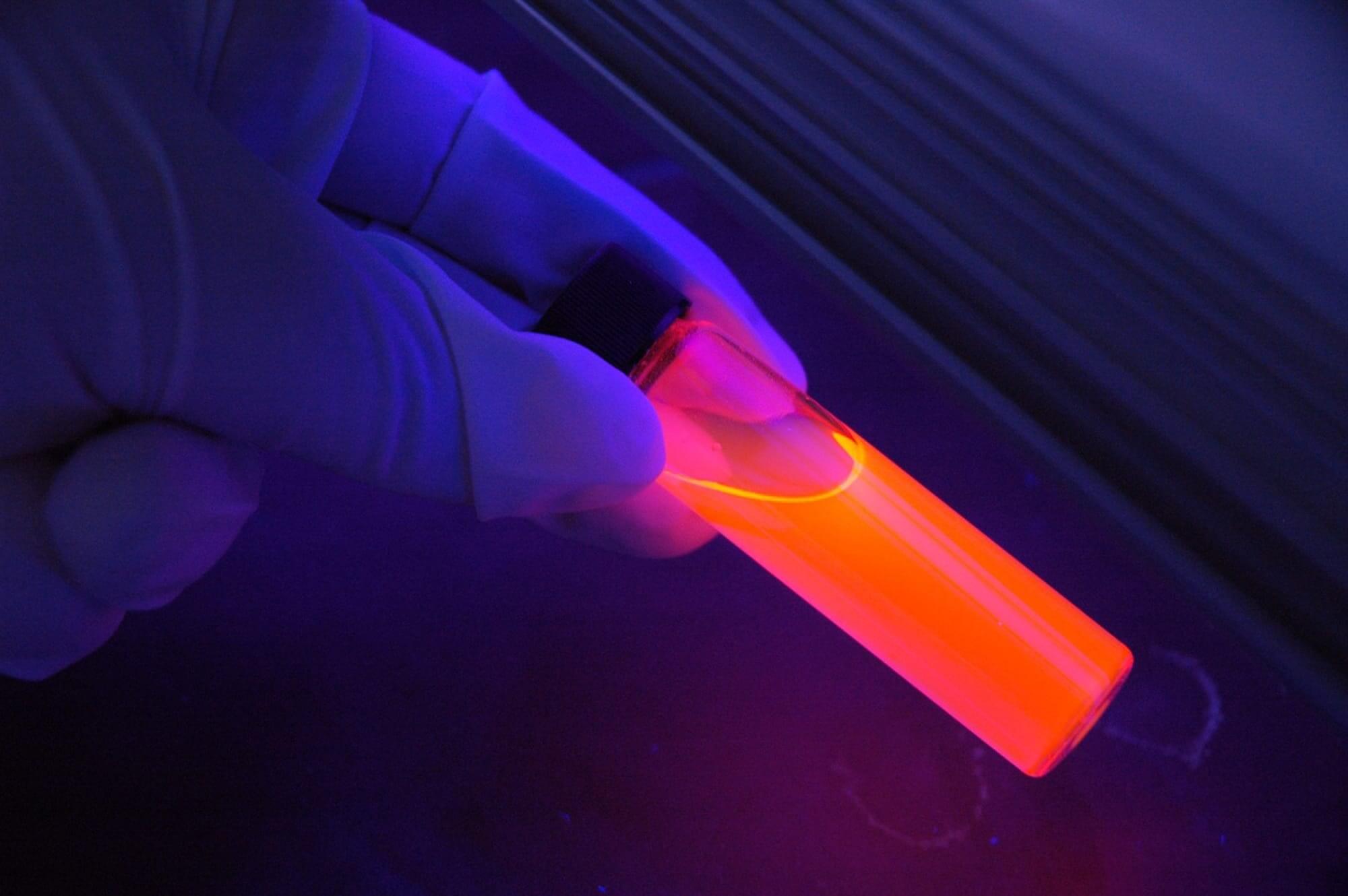
September 3, 2020
Evidence Management: How Temperature Fluctuations Affect Your Forensic Laboratory
It’s a common enough B-movie trope to see a piece of lab equipment fail and disaster to result. Of course, in a film the equipment fails in a spectacular fashion after being struck by lightning or perhaps random acid drips on it from above. In the real world, equipment is far better shielded, unfortunately, it also falls prey to much subtler failures.
Nothing has to go spectacularly wrong for a problem to occur. Small variations in temperature fluctuations, humidity, pressure, and other storage hazards can negatively impact samples and resulting tests.
Proper storage protocols ensure the quality and viability of stored samples. This is important to ensure the accuracy of tests and the longevity of specimens. In the world of forensics, it also maintains the chain of custody crucial to protect evidentiary procedures.
Without robust sensors and alarms, this chain of custody faces blind alleys.
Temperature Fluctuations
Temperature fluctuations are both a problem unto themselves and a result of other containment issues.
Few variables can change in a system without affecting others. In the case of temperature, this can impact air pressure, humidity, create condensate, and accelerate or decelerate growth.
The physical aspects of a sample may be irrevocably changed or damaged by even a small temperature change. Worse, not being aware that a sample was contaminated in such a fashion leaves room for doubt and drives errors in ongoing tests.
Condensate
Condensates provide a sometimes clear sign of temperature instability. They are both a marker of the problem and a result of the issue at the same time. Moisture is present in many samples and many storage media. As this moisture transfers forms and spread, it represents a threat to stored samples.
Condensate by itself is not a sure sign of temperature issues. It could be a problem with initial preparation or improper transfer. A water leak transmitter in a storage unit shows that accumulation occurs, but doesn’t always provide enough data as to why.
Overlapping sensors offer a more comprehensive net to track problems. Alarms and alerts that indicate a change provide real-time ability to intervene before a fluctuation causes lasting damage.
Thermal Expansion
Metabolism is its own form of energy. When dealing with still living biological samples, temperature fluctuations that result in enhanced growth can further enhance temperatures.
While this is negligible in short-storage samples, for long-term storage this can lead to a much wider variation in temperatures.
Of course, a rise in temperature from metabolic incubation also creates changes in pressure and density. These are less traceable within individual sample containment. The danger here is about samples leaking or splitting more than creating fluctuations for nearby samples or storage units in general.
Flexibility
The external conditions of a laboratory room affect the internal conditions of a storage unit. It’s not enough to have monitors for the storage unit if the conditions of the surrounding space remain unknown.
While a storage unit can have accesses logged and tracked, the external room may not be. This means dozens of changes in the differential pressure and CO2 saturation may occur without indication.
Stability chambers help to mitigate these transitions and make it easier to ensure conditions in the storage unit and the testing facility retain tight control.
Interlab Compliance
Exact readings, regardless of damage or changes to samples are necessary when transmitting data to other labs.
Whenever a new profiling or experimental protocol comes through, it creates more room for error. A technique taking hold and providing useful results is often about limiting errors early. In these instances, comprehensive data regarding all storage settings becomes crucial.
It’s not impossible to predict what might need to be known, but it is difficult. A stored sample that is considered stable for known and reliable tets may become unstable for a new test. The only way to know monitor and record as many potentials as possible.
Refinements in software and monitoring systems are essential to control for more variables and to be certain that minute changes are calculable, even if they are not specifically monitored.
Time Creep
An often-overlooked factor of evidence storage is the time creep caused by unstable temperatures. Each time a testing sample is pulled from a stored sample, the clock ticks down.
It’s difficult for a technician to know how many test samples can be procured if they are misinformed about the conditions of the stored sample. This isn’t likely to create a cascading series of testing errors. It would be a poor technician that can’t spot deterioration over time.
The real issue is when multiple tests are expected to be performed with a stored sample and tests further down the priority list get canceled from spoilage. This may not spell disaster for a case, but it’s a situation anyone that could avoid would want to avoid.
Calibration
Calibrating equipment to monitor correctly is crucial in knowing what is and isn’t happening within a storage facility.
Even if everything is working properly and no fluctuations are occurring in the clinical laboratory room temperature, if those readings are wrong, the data is wrong.
The internal readings and external readings need to be in harmony but shouldn’t typically be in unison. Graphs of temperature readings over time help to show the accuracy of the monitoring systems.
Calibration needs to meet standards as set by the National Institution of Standards and Technology (NIST) and be verified annually. Keeping effective and full logs of calibration is also crucial. Layers of verification help to head off problems before they begin and trace ones that do occur.
Get the Best
Precision is the name of the game with any laboratory equipment and setting. The dangers of temperature fluctuation affect multiple areas and create problems both immediate and ongoing. The known issues and the unknown issues are equally dangerous when the results have consequences.
To get the best in laboratory and temperature control monitoring equipment, contact SensoScientific.